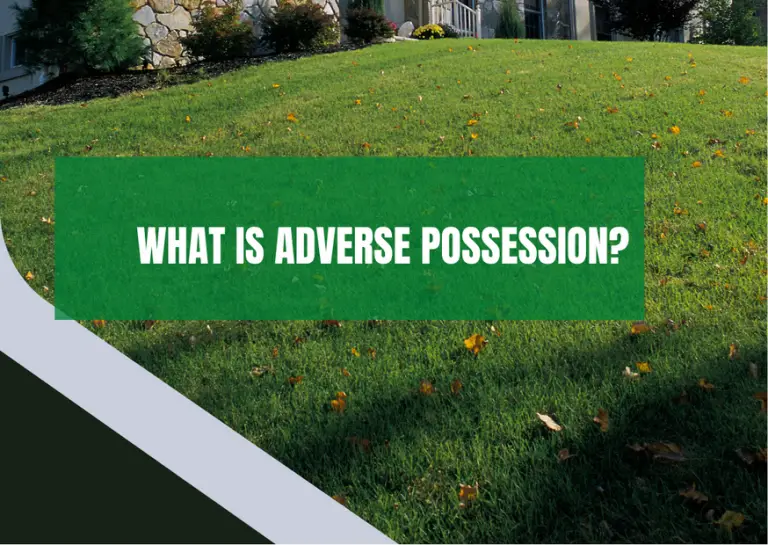What Are Examples Of Economic Obsolescence?
What Are Examples Of Economic Obsolescence?
Economic obsolescence is a concept that refers to the diminished value of an asset due to changes in technology, the economy, or other factors. Obsolescence can be partial or total; when an asset is totally obsolescent, it is no longer useful or valuable.
There are a number of different types of obsolescence, but economic obsolescence is typically caused by changes in technology or the economy.
For example, if a new technology emerges that renders a previous technology obsolete, the older technology will likely experience economic obsolescence. Similarly, if economic conditions change and there is less demand for a certain type of product or service, the assets associated with that product or service may become obsolescent.
Obsolescence can also result from changes in the economy, for example, when a new technology renders assets produced using previous technologies obsolete.
Economic obsolescence can often be difficult to detect. One potential problem is that products that are no longer needed or requested may still retain value if they are deemed rare or unique.
However, obsolescence can also be caused by changes in the way a certain product is produced, for example, when a new production technology becomes more efficient or effective, allowing one type of product to be produced with fewer resources than its predecessors.
What Is Economic Or External Obsolescence?
There are two main types of obsolescence: economic and external. Economic obsolescence occurs when a product is no longer economically viable to produce, while external obsolescence occurs when a product is no longer functionally or aesthetically up-to-date.
External obsolescence is often the result of changes in technology or consumer tastes. For example, a product that was once cutting-edge may become obsolete due to advances in technology. Similarly, a product that was once popular may become obsolete due to changes in consumer tastes.
On the other hand, economic obsolescence is often the result of changes in the market or the economy. For example, a product may become obsolete because it is no longer economically viable to produce.
However, it is important to note that the distinction between economic and external obsolescence is not always clear-cut; sometimes, industries and technology make products that could conceivably be considered both economic and external.
What Is Incurable Economic Obsolescence?
The structure is no longer able to function effectively. This can be caused by a number of factors, including technological change, globalization, and demographic shifts. When an economic system can no longer meet its citizens’ needs, it is said to be in a state of obsolescence.
Incurable economic obsolescence is a serious problem that can lead to social unrest and even collapse. In order to avoid this, it is important to identify the signs of obsolescence and take action to address them.
Some of the most common signs of obsolescence include declining productivity, rising unemployment, and falling wages. If these trends are not reversed, economic obsolescence will result.
What Is Economic Obsolescence In Real Estate?
Economic obsolescence in real estate refers to a property’s value loss due to changes in market conditions or other factors. This can be caused by a number of different things, including changes in technology, the economy, or demographics.
Economic obsolescence describes the decline in value of a real estate asset brought on by elements outside the building.
The first stage is where the physical conditions of the asset deteriorate, causing the value of the assets to decrease until the latter stages, where the asset condition deteriorates to a level when it is no longer economically feasible to maintain. When obsolescence reaches this point, the asset is no longer considered economically viable to own or maintain.
Economic obsolescence is often used in real estate appraisal in order to determine what the market value of a property should be, but it has a number of shortcomings.
First, economic obsolescence cannot be determined with complete accuracy; it is based on subjective factors, such as neighborhoods and fads.
Economic obsolescence also requires that the appraiser have knowledge of changing market conditions and understand which neighborhoods have increased or decreased in value over time.
Economic obsolescence is also difficult to apply to real estate as it is a long-term issue that does not have clear-cut definitions.
What Is The Difference Between Functional Obsolescence And Economic Obsolescence?
There are two main types of obsolescence: functional obsolescence and economic obsolescence. Functional obsolescence occurs when a product can no longer perform its intended function.
Economic obsolescence occurs when a product is no longer economically viable to produce or use. Functional obsolescence can be caused by a number of factors, including technological advances, changes in consumer tastes, and changes in regulation.
Economic obsolescence, on the other hand, is typically caused by changes in the market, such as shifts in demand or the introduction of new competitors.
The main difference between functional obsolescence and economic obsolescence is that functional obsolescence is a result of the product no longer being able to perform its intended function, and economic obsolescence is caused by the product being no longer economically viable to produce.


